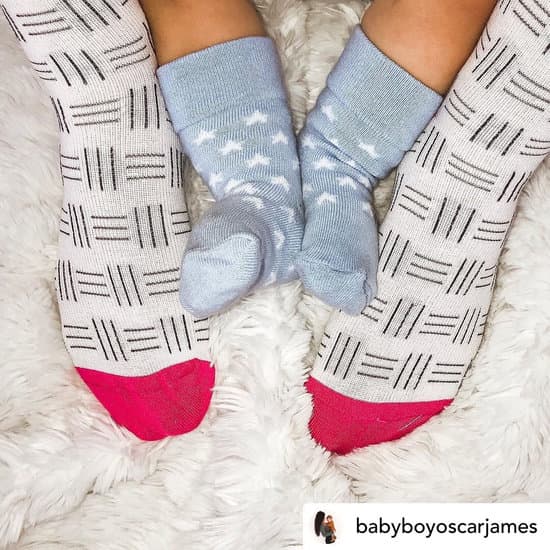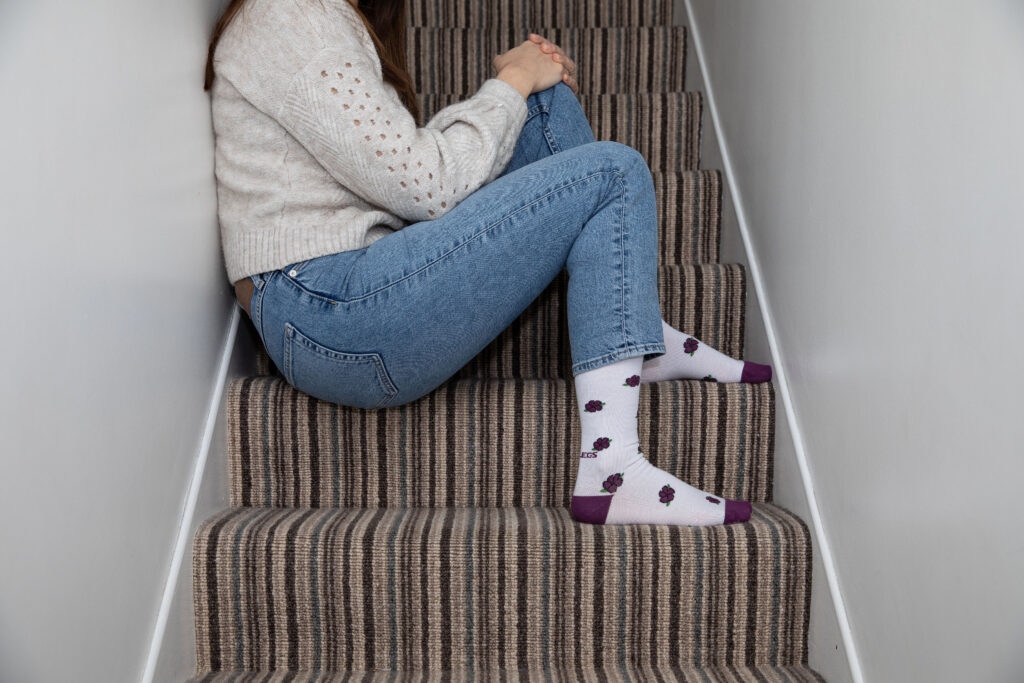Pregnancy can bring a raft of changes and challenges to your body that can become uncomfortable, especially during the later stages. However, you can do plenty of things at home to reduce maternity swelling, pain and discomfort. In this blog post, we will explore how pregnancy can cause swelling and what you can do to alleviate it.
How and why does pregnancy cause swelling?
Pregnant women can experience swelling, also sometimes called edema, for several reasons. Often, this swelling is mostly felt in the feet and ankles and can be more common during hot weather and towards the end of the day. It’s almost always harmless, albeit uncomfortable. Still, if you experience sudden or severe swelling, especially in just one leg or accompanied by other symptoms like pain, fever, or redness, it’s important to consult a doctor.
One of the main reasons for pregnancy swelling is as a result of increased fluid retention caused by hormonal changes. This fluid puts more pressure on your veins and tends to build up in the lower extremities throughout the day, especially if you’ve been standing a lot or it’s hot outside. This fluid retention may also cause your fingers to swell for the same reason. Secondly, the increasing size of your womb can affect the blood flow to your legs which is also a contributing factor to fluid buildup.

How to reduce and manage pregnancy swelling
Fortunately, there are plenty of things you can do to help minimise swelling and make your pregnancy more comfortable. Let’s explore the best ways to reduce ankle swelling during pregnancy.
- Stay hydrated. One the best and easiest ways to reduce swelling, drinking plenty of fluids helps your body flush out excess water and prevents dehydration. Paradoxically, dehydration can actually increase the chances of edema because your body tries to retain all the fluid it can. Aim for eight glasses of water a day but don’t overdo or underdo it.
- Elevate your legs. Whenever you can, try to prop your feet up above your heart level when you’re sitting or lying down. You could do this by elevating your feet on a table, chair or cushion. This helps reduce pressure in your veins and allows fluid to drain more easily. The added bonus is that you get some much needed time off your feet!
- Reduce your salt intake. Although vital for bodily functions, excess salt can make your body retain fluid and increase your blood pressure. It’s best to limit your salt intake and try to avoid overly processed food and salty snacks.
- Wear loose-fitting clothing. Avoid tight clothing that constricts your legs, ankles, and feet. Although pregnancy compression socks can help (as we’ll see below), loose fitting clothes allow a better range of movement.
- Get regular exercise. Regular exercise has a whole host of benefits during pregnancy as well as reducing swelling. Gentle activities such as walking, swimming, or prenatal yoga, can improve circulation, reduce swelling and make you more comfortable.
- Sleep on your left side. There is some evidence to suggest that sleeping on your left side can be beneficial for pregnant women. Sleeping on your left side may take pressure off the vena cava, the main vein that returns blood from your lower body to your heart. This improved circulation can help reduce swelling in your legs and ankles.
- Wear pregnancy compression socks or stockings. Compression socks for pregnancy can help improve circulation and reduce swelling in your legs and ankles. The graduated compression found in the socks helps to constrict the blood vessels so they are more efficient in circulating blood to the legs. This helps dissipate fluid build up and increase comfort. Here at FITLEGS, we stock a wide selection of compression socks for pregnancy. Browse the whole range today.
- Use cold therapy. Soaking your feet in cool water for 20-30 minutes a few times a week, or using an ice pack wrapped in a towel can help reduce swelling and discomfort from swelling, as the cool temperatures help to prevent fluid buildup.
Compression socks for after the birth
Swelling can also occur after the birth for a few weeks and this is completely normal. However, it’s still uncomfortable and not what you need during a stressful period of your life. All of the advice for when you were pregnant will work after the birth as well, but you could consider wearing FITLEGs Everyday compression socks after the birth. As the name suggests, these are designed for everyday use and are comfortable for when you’re on your feet moving around.
Swelling can be an unfortunate occurrence during pregnancy, however, by looking after yourself and following the advice from your doctor, you should be able to mitigate it and increase your everyday comfort.
